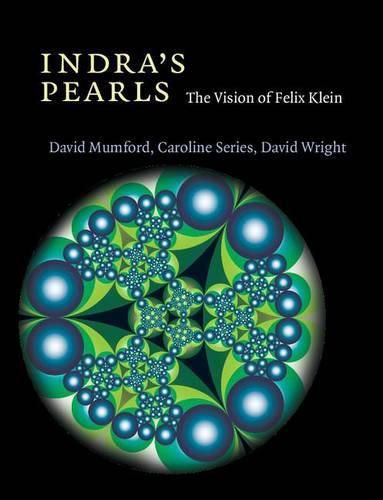Readings Newsletter
Become a Readings Member to make your shopping experience even easier.
Sign in or sign up for free!
You’re not far away from qualifying for FREE standard shipping within Australia
You’ve qualified for FREE standard shipping within Australia
The cart is loading…






Felix Klein, one of the great nineteenth-century geometers, discovered in mathematics an idea prefigured in Buddhist mythology: the heaven of Indra contained a net of pearls, each of which was reflected in its neighbour, so that the whole Universe was mirrored in each pearl. Klein studied infinitely repeated reflections and was led to forms with multiple coexisting symmetries. For a century, these images barely existed outside the imagination of mathematicians. However, in the 1980s, the authors embarked on the first computer exploration of Klein’s vision, and in doing so found many further extraordinary images. Join the authors on the path from basic mathematical ideas to the simple algorithms that create the delicate fractal filigrees, most of which have never appeared in print before. Beginners can follow the step-by-step instructions for writing programs that generate the images. Others can see how the images relate to ideas at the forefront of research.
$9.00 standard shipping within Australia
FREE standard shipping within Australia for orders over $100.00
Express & International shipping calculated at checkout
Felix Klein, one of the great nineteenth-century geometers, discovered in mathematics an idea prefigured in Buddhist mythology: the heaven of Indra contained a net of pearls, each of which was reflected in its neighbour, so that the whole Universe was mirrored in each pearl. Klein studied infinitely repeated reflections and was led to forms with multiple coexisting symmetries. For a century, these images barely existed outside the imagination of mathematicians. However, in the 1980s, the authors embarked on the first computer exploration of Klein’s vision, and in doing so found many further extraordinary images. Join the authors on the path from basic mathematical ideas to the simple algorithms that create the delicate fractal filigrees, most of which have never appeared in print before. Beginners can follow the step-by-step instructions for writing programs that generate the images. Others can see how the images relate to ideas at the forefront of research.